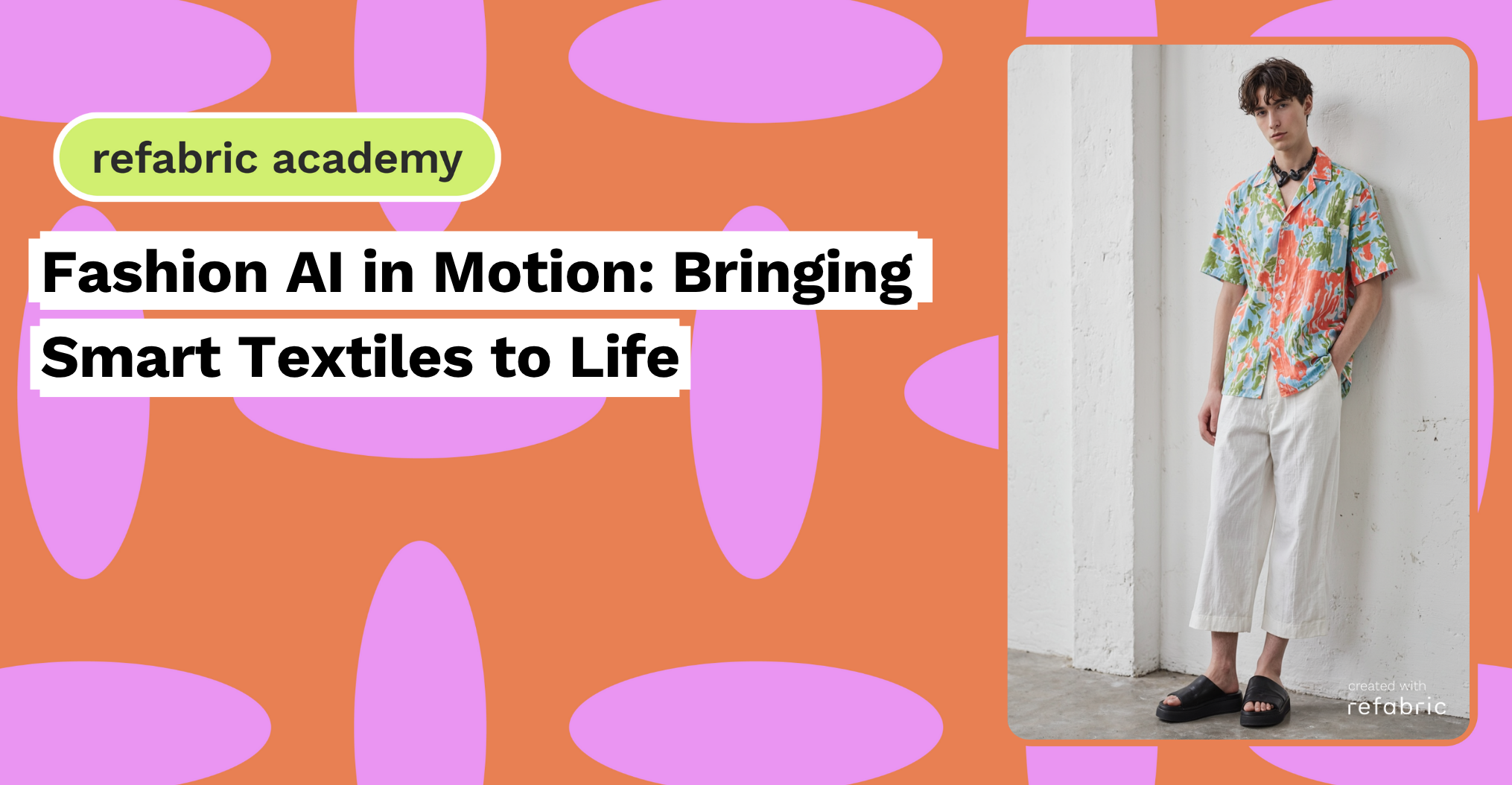Fashion AI is redefining the relationship between clothing and technology, turning garments into dynamic, responsive experiences. From motion-sensitive couture to temperature-adaptive fibers, the integration of artificial intelligence with textile design is giving rise to a new era of smart, kinetic fashion.
The Rise of Smart Textiles
Smart textiles, fabrics embedded with technology that allows them to sense and react to external stimuli, have long been a fascination in both tech and fashion circles. But it’s fashion AI that is now unlocking their full potential. With advanced pattern recognition, machine learning algorithms, and real-time data analysis, AI enables designers to create garments that move, glow, or adapt in ways that were once purely the realm of science fiction.
Think of a jacket that changes color based on mood, a dress that mimics the beat of the music around it, or fitness gear that gives real-time feedback on posture and performance. These innovations aren’t just gimmicks; they reflect a growing demand for function, personalization, and emotional connection in what we wear.
Fashion AI Meets Material Science
One of the most groundbreaking areas where fashion AI is leaving its mark is in material development. Traditionally, designing reactive garments required extensive manual trial-and-error. Today, AI models can simulate how materials will respond to stimuli such as heat, light, or movement, before any fabric is physically created.
This is particularly valuable in the world of kinetic couture, where garments are designed to change shape or respond dynamically. AI not only assists in developing the ideal materials but also helps designers forecast wear-and-tear, analyze energy use, and explore possibilities that marry style with sustainability.
Customization at the Core
Fashion AI also empowers a level of personalization never before possible in textile design. By analyzing biometric data, environmental inputs, and user preferences, AI systems can design garments tailored to an individual’s specific needs. For example, an outfit might adjust its insulation based on the wearer’s body temperature and local weather conditions. This functionality goes beyond aesthetics, it introduces a new kind of relationship between the wearer and the worn.
In performance wear and medical apparel, these capabilities are not only convenient but potentially life-changing. Athletes benefit from garments that respond to muscle fatigue, while patients with chronic conditions might rely on responsive fabrics to alert caregivers or deliver therapeutic benefits.
Fashion AI and the Future of Interaction
One of the most exciting aspects of fashion AI in smart textiles is how it transforms garments into interactive mediums. We’re witnessing a shift where fashion is no longer static, it’s performative. Dresses that light up with applause, coats that mimic environmental textures, or accessories that communicate with nearby devices are just the beginning.
For designers, this opens up a thrilling canvas: clothing as conversation, not just decoration. The future runway won’t be silent; it will hum with data, light, and movement, all driven by the intelligence embedded in every fiber.
Why Fashion AI Is a Game-Changer
The introduction of fashion AI into wearable tech and kinetic fabrics brings with it a creative revolution. It shortens the production cycle, accelerates prototyping, reduces material waste, and, most importantly, fosters bold experimentation. Designers can test their ideas virtually, simulate fabric interactions, and even co-create with the AI to push boundaries beyond the conventional.
At Refabric AI, the mission isn’t just about faster design, it’s about smarter design. Integrating fashion AI into smart textile development means empowering creatives to reimagine what clothing can do and mean in a hyperconnected, data-driven world.
Moving Toward a Smarter Wardrobe
The intersection of fashion AI and smart textiles is not a fleeting trend, it’s a technological leap. As sensors get smaller, materials get more advanced, and AI gets smarter, we’ll see garments that are as intuitive and responsive as our smartphones.
For brands looking to stay ahead, the message is clear: the future of fashion isn’t just worn, it’s vividly lived, emotionally felt, and fully experienced in motion.
